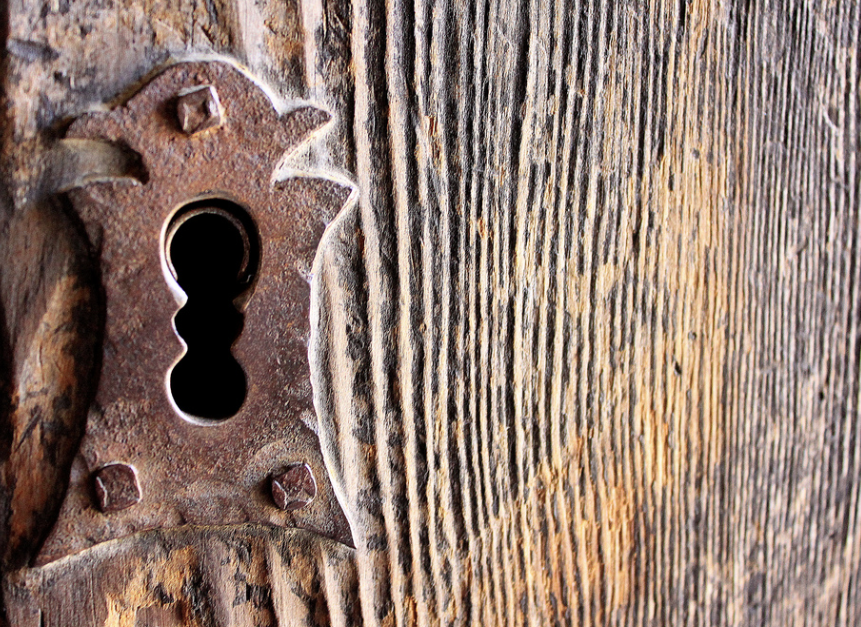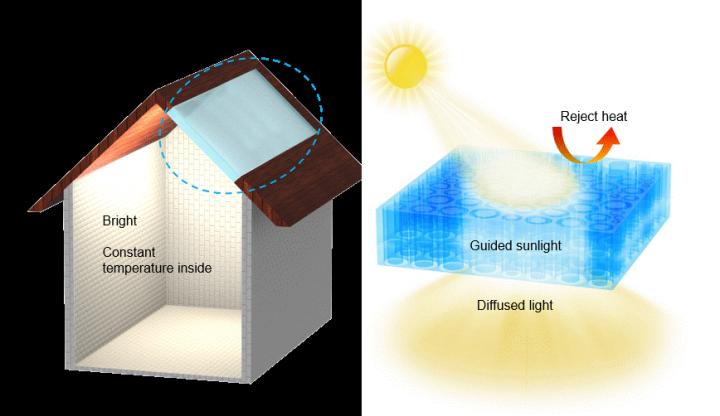
[Image above] Credit: Rachel Titiriga; Flickr CC BY 2.0
Harnessing the power of the sun to efficiently heat and cool our homes and buildings is paramount as the U.S. aims to transition to a cleaner energy grid.
And the U.S. is taking this goal seriously. According to the latest Solar Energy Industries Association U.S. Solar Market Insight report, solar power accounted for 64% of new electric capacity additions in early 2016—and that number is expected to spike to 94% through 2016.
In the past year, we’ve reported on how windows-turned-solar-cells could revolutionize energy-efficient buildings; how the key to large-scale solar power storage could be rusting before our eyes; and how perovskites might be the answer to highly efficient, low-cost solar fuel cells.
But what if the next superstar solar energy harnessing material defies traditional logic?
Windows and solar panels of the future could be made from one of the best—and cheapest—construction materials in existence: wood.
In April, we reported that researchers at Stockholm’s KTH Royal Institute of Technology have developed a new transparent wood material that can be used for large-scale solar cell production.
“Transparent wood is a good material for solar cells, since it’s a low-cost, readily available, and renewable resource,” Lars Berglund, professor at Wallenberg Wood Science Center at KTH, explains in a KTH press release. “This becomes particularly important in covering large surfaces with solar cells.”
This week, engineers at the A. James Clark School of Engineering at the University of Maryland (UMD) say that windows made of transparent wood might provide more even and consistent natural lighting and better energy efficiency compared to glass.
In a new study, the team showed that their transparent wood “provides better thermal insulation and lets in nearly as much light as glass, while eliminating glare and providing uniform and consistent indoor lighting,” according to a UMD press release.
Although the transparent wood lets through a little bit less light than glass, it lets in much less heat, explains Tian Li, lead author of the study.
“It is very transparent, but still allows for a little bit of privacy because it is not completely see-through. We also learned that the channels in the wood transmit light with wavelengths around the range of the wavelengths of visible light, but that it blocks the wavelengths that carry mostly heat,” says Li.
To measure the efficacy of the transparent wood, the team tested the material on a tiny model house with a transparent wood panel in the ceiling. “The channels in the wood direct visible light straight through the material, but the cell structure that still remains bounces the light around just a little bit, a property called haze. This means the light does not shine directly into your eyes, making it more comfortable to look at,” the release explains.

A wood composite can be an energy efficient building material, because it guides sunlight transmission and serves as an effective thermal insulation. Credit: University of Maryland and Advanced Energy Materials
As the sun moves across the sky over houses with glass windows, the angle at which light shines through the glass creeps across the room depending on the sun’s location. Transparent wood, on the other hand, diffuses that sunlight so the room is always evenly distributed.
“This means your cat would not have to get up out of its nice patch of sunlight every few minutes and move over,” Li says. “The sunlight would stay in the same place. Also, the room would be more equally lighted at all times.”
The researchers recently patented their process for making transparent wood. First, they bleach the wood to remove all of the lignin—a component that gives wood its brown color and strength. Then they soak the wood in epoxy to fortify it and give it its transparency. The wood can be fabricated to accommodate any size necessary.
Another benefit of working with the transparent wood, the team says, is that the material is waterproof thanks to its polymer component, but it also resists shattering—a quality that could give glass a run for its money.
The study, published in Advanced Energy Materials, is “Wood composite as an energy efficient building material: Guided sunlight transmittance and effective thermal insulation” (DOI: 10.1002/aenm.201601122).
